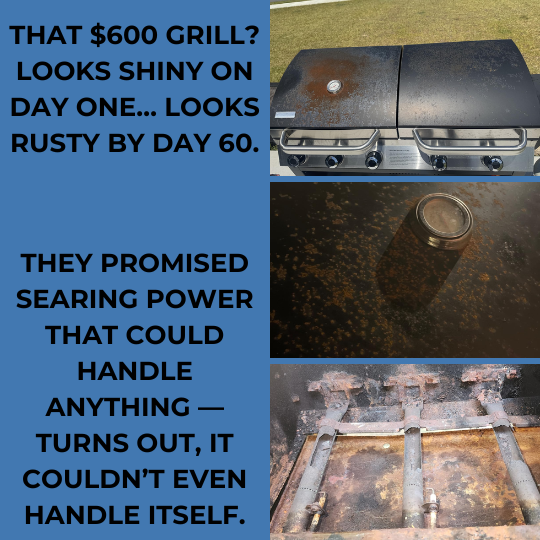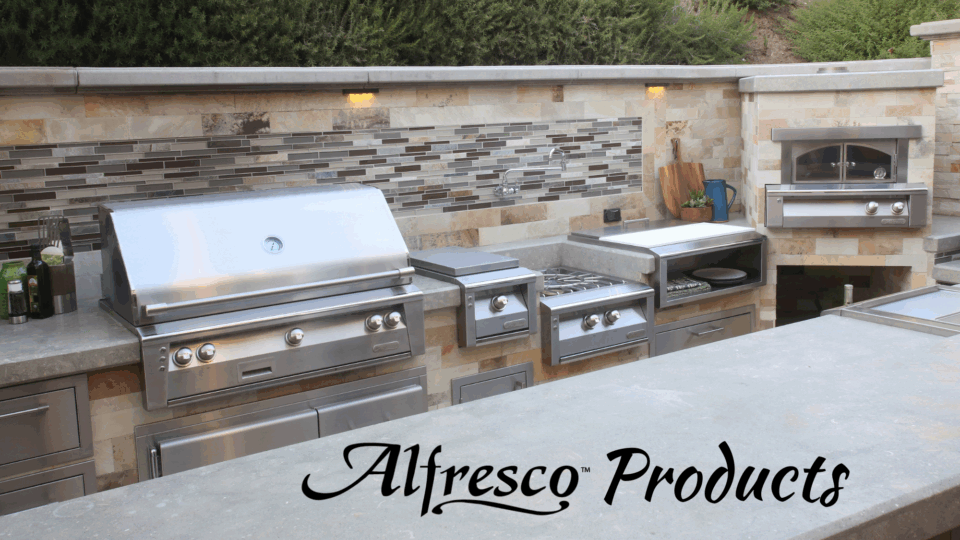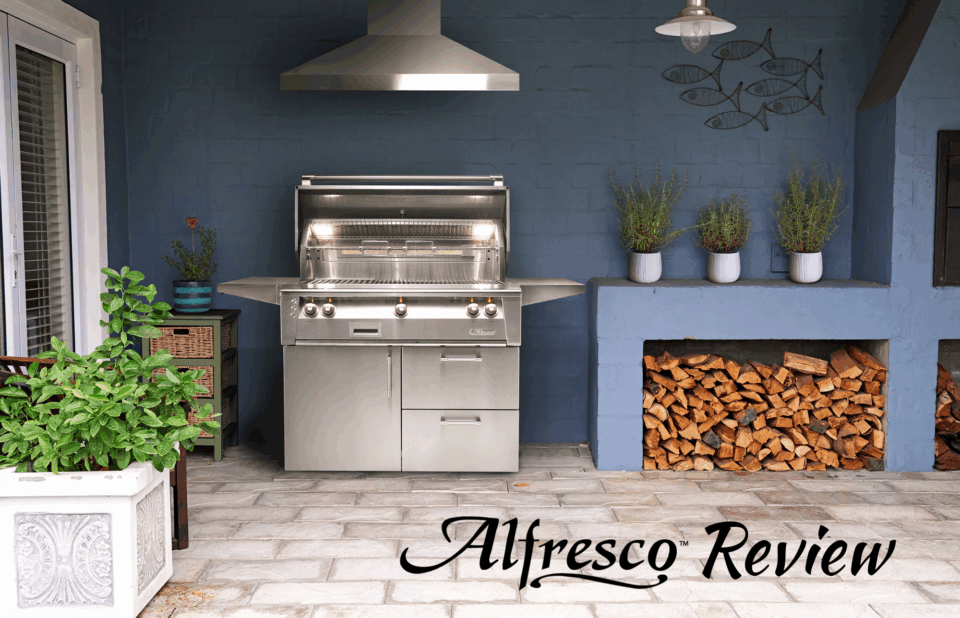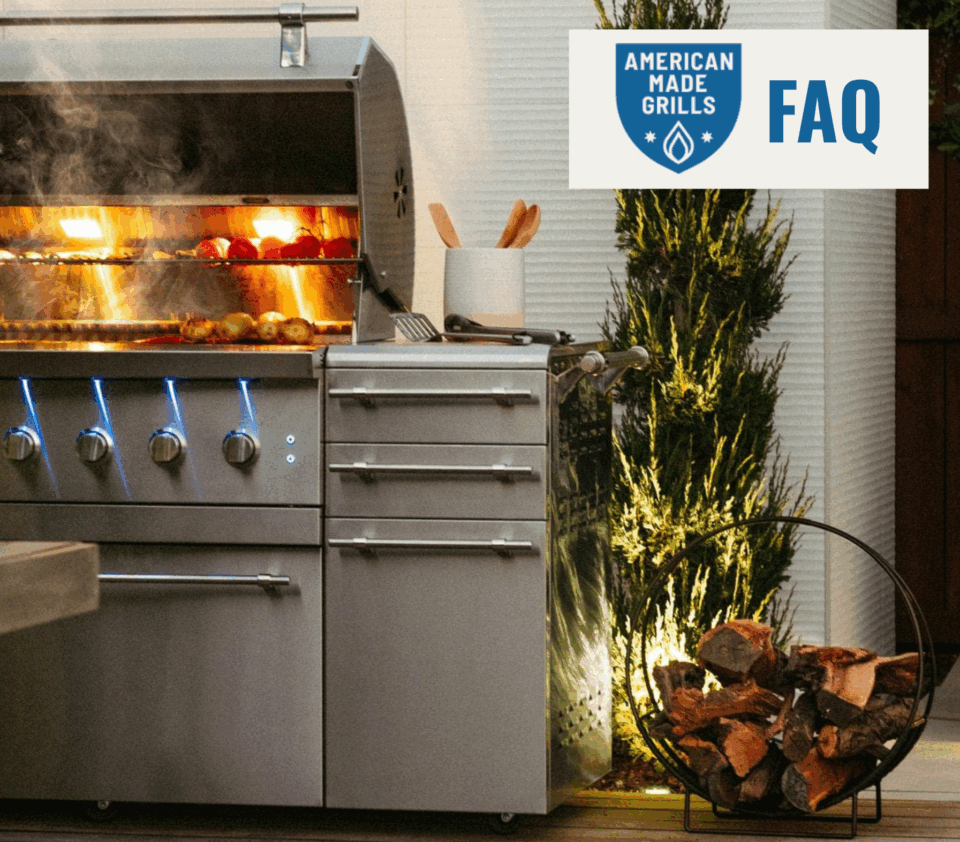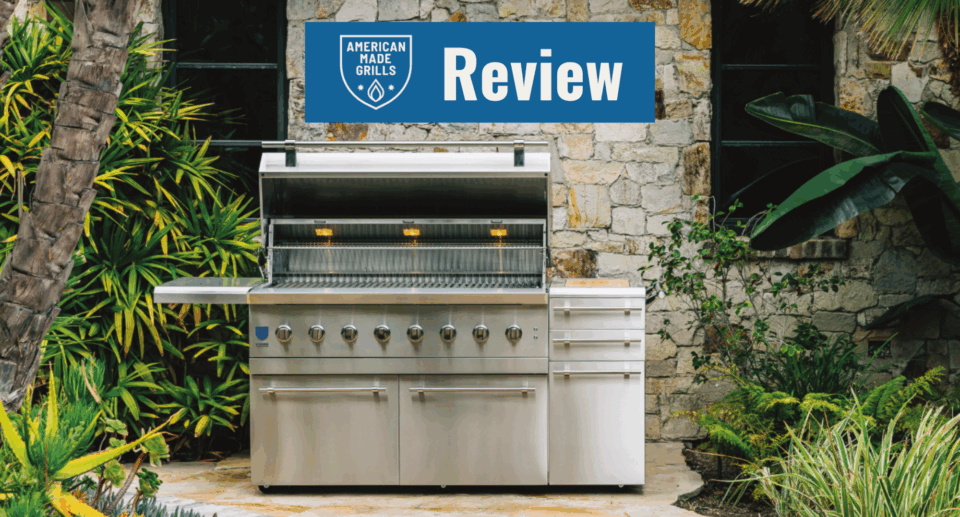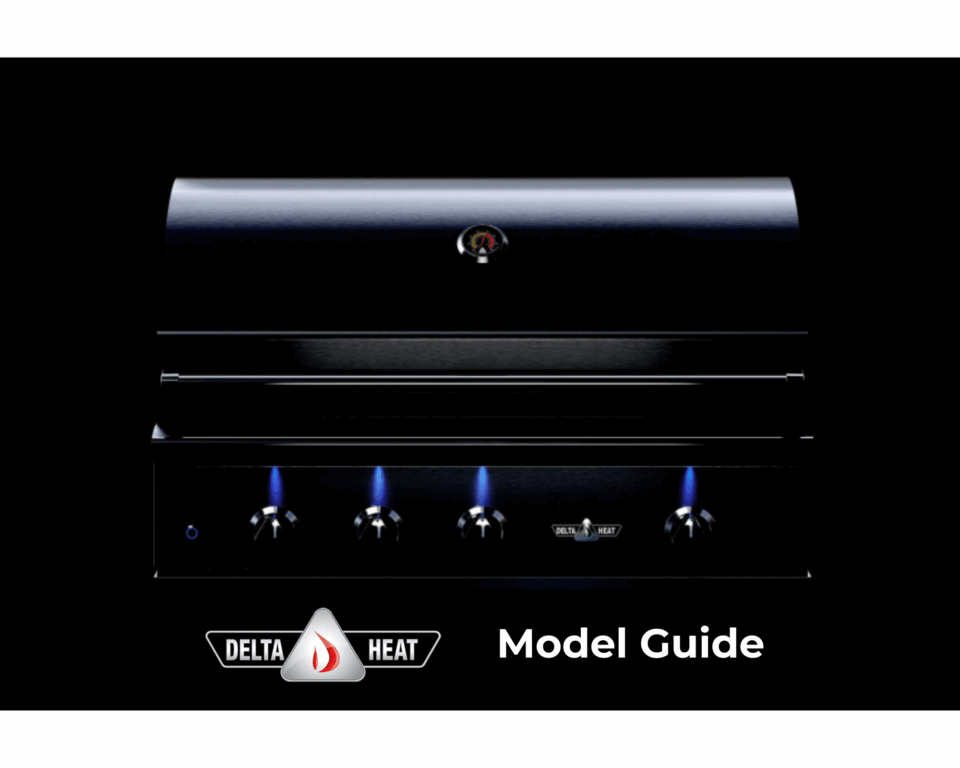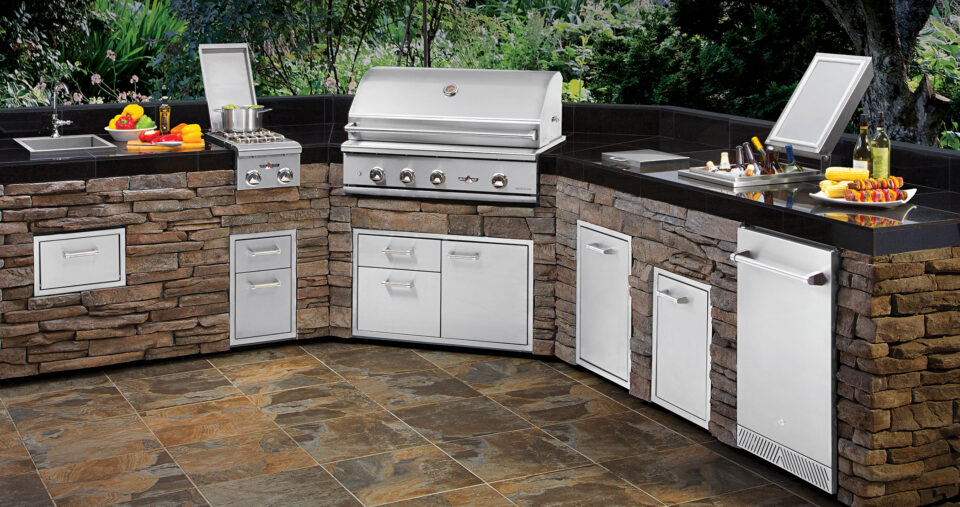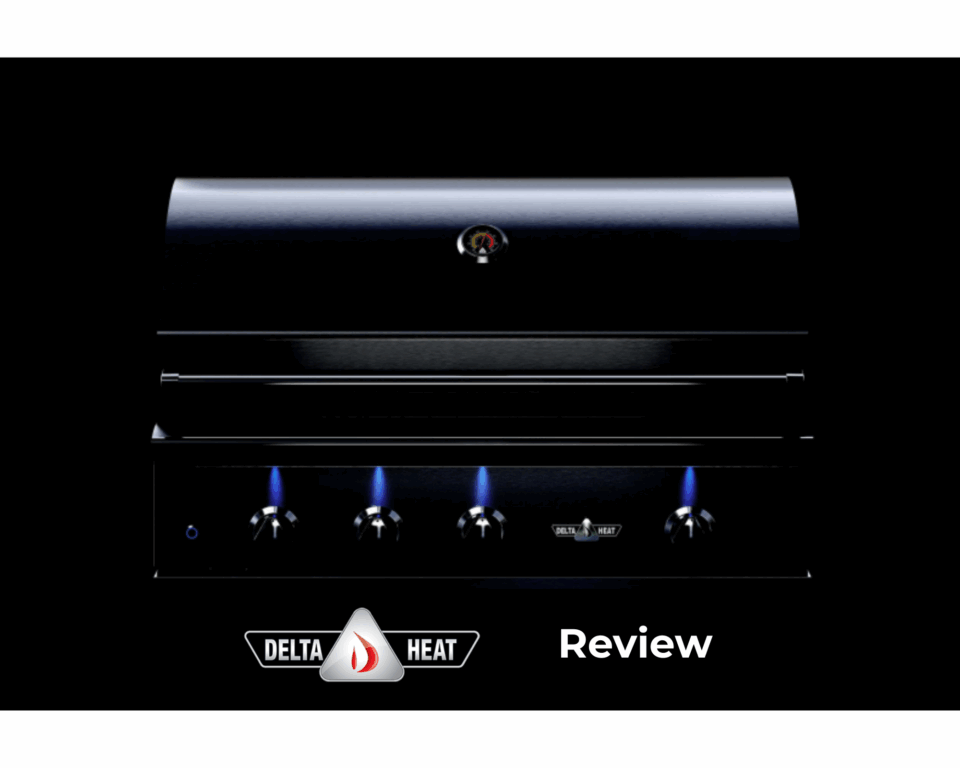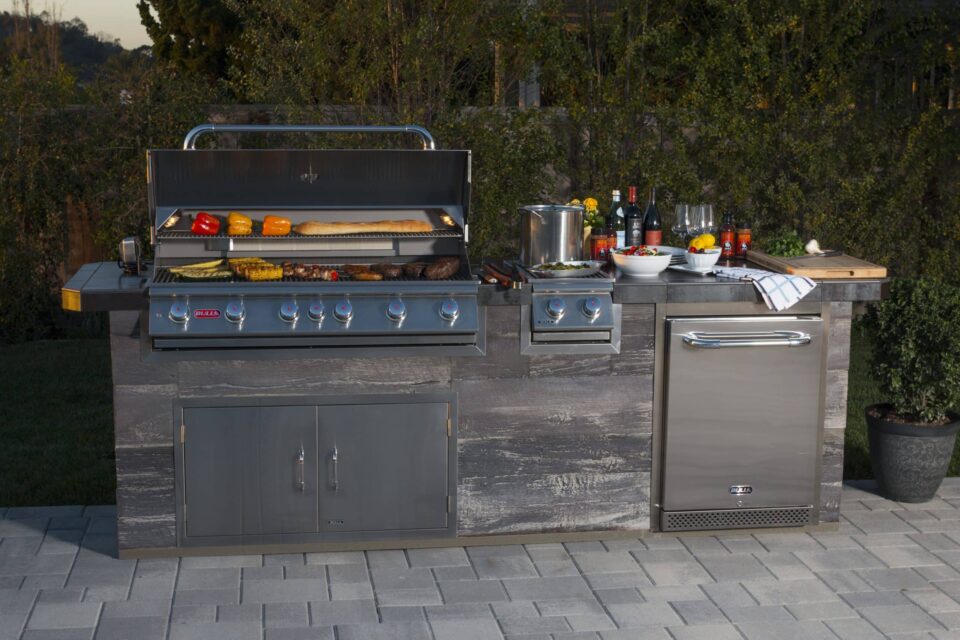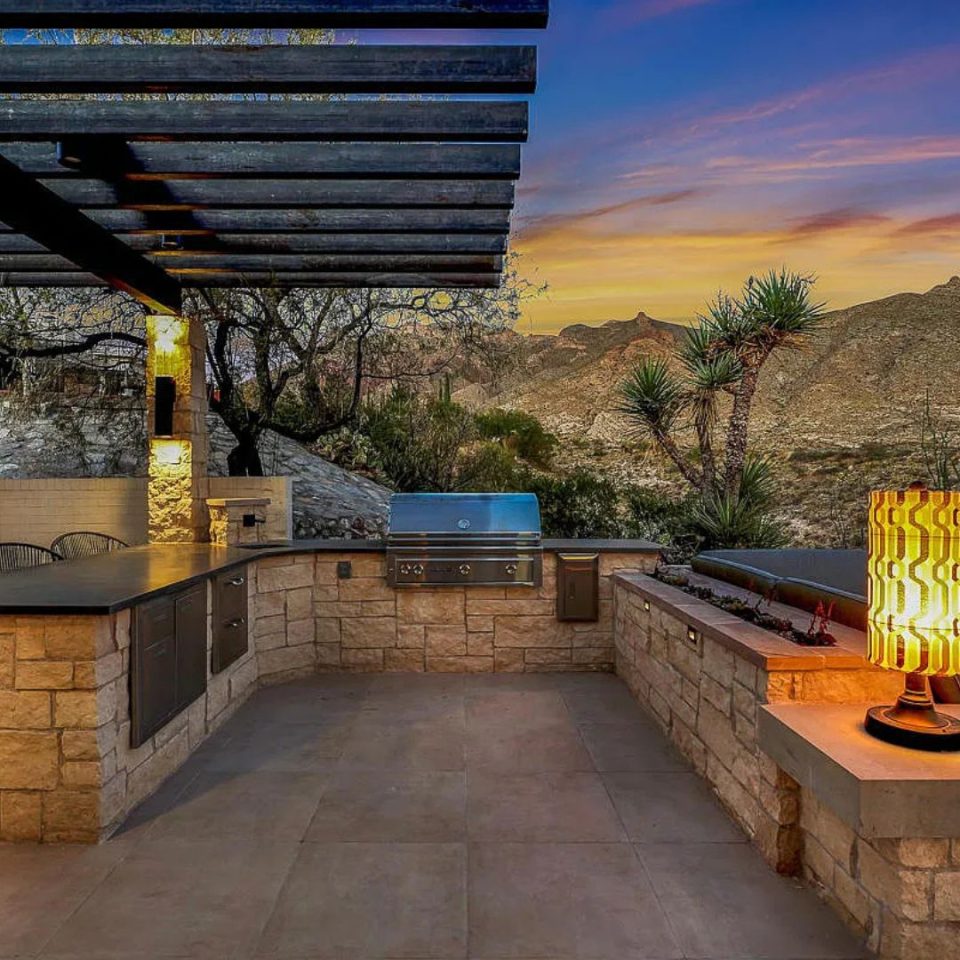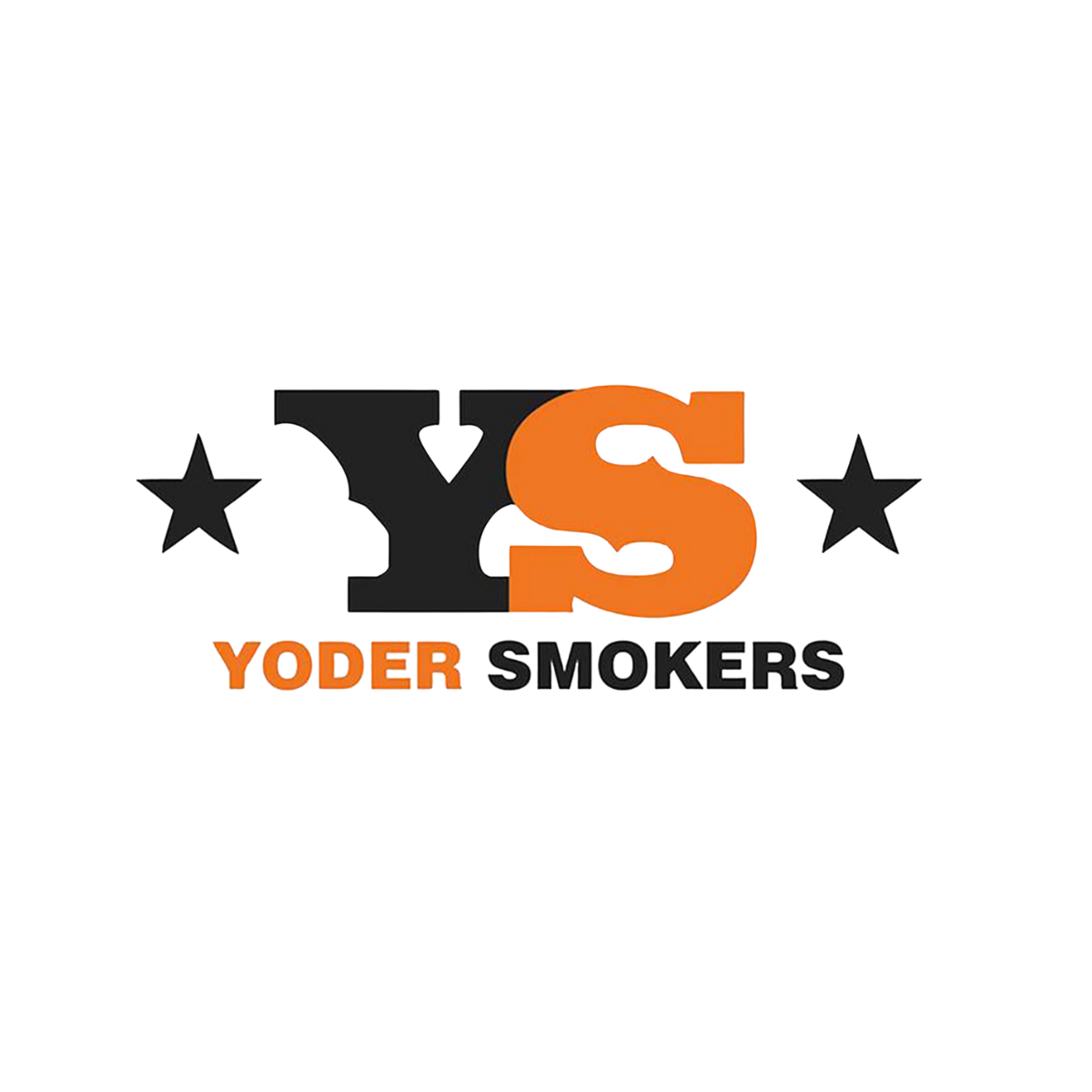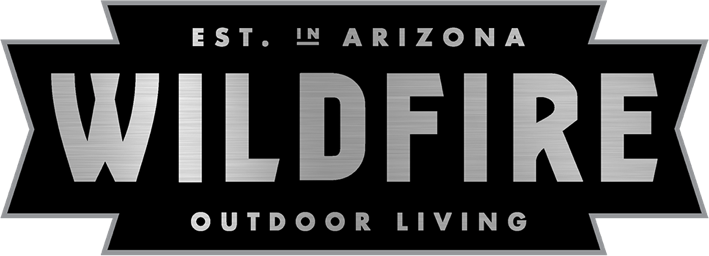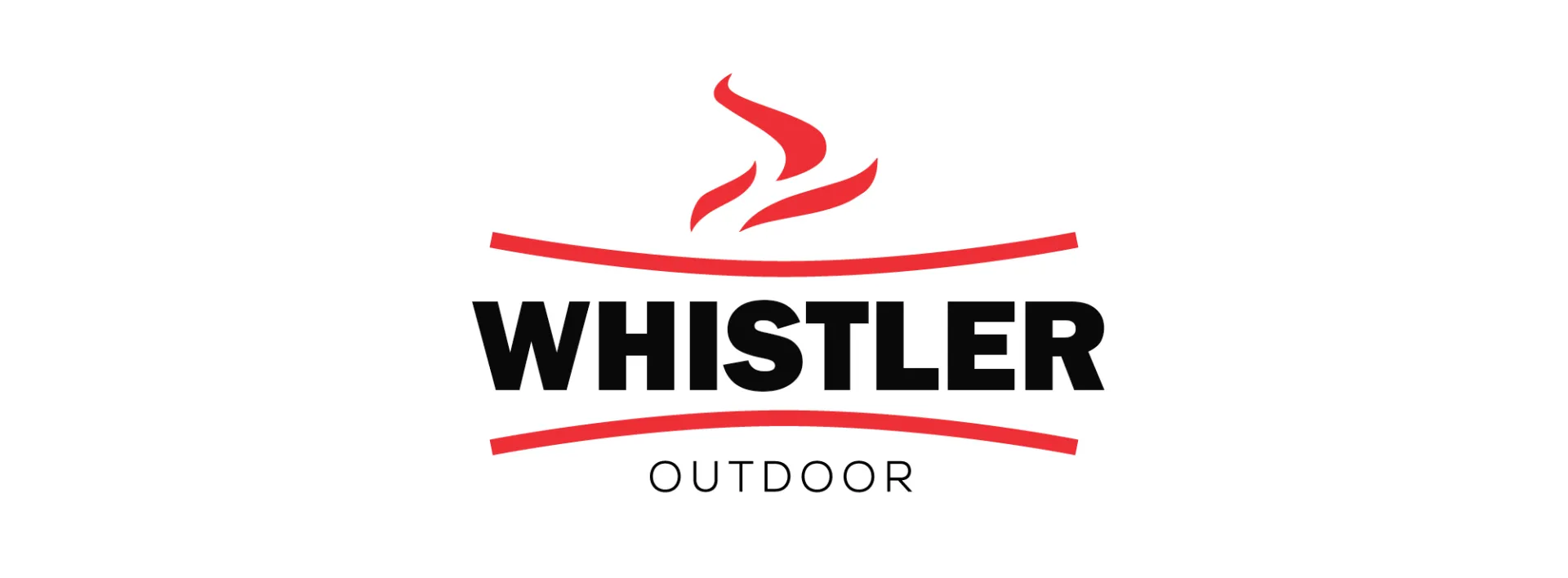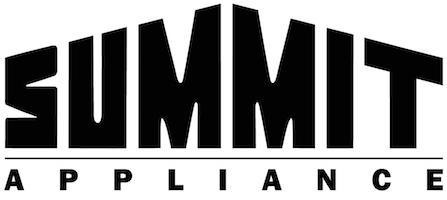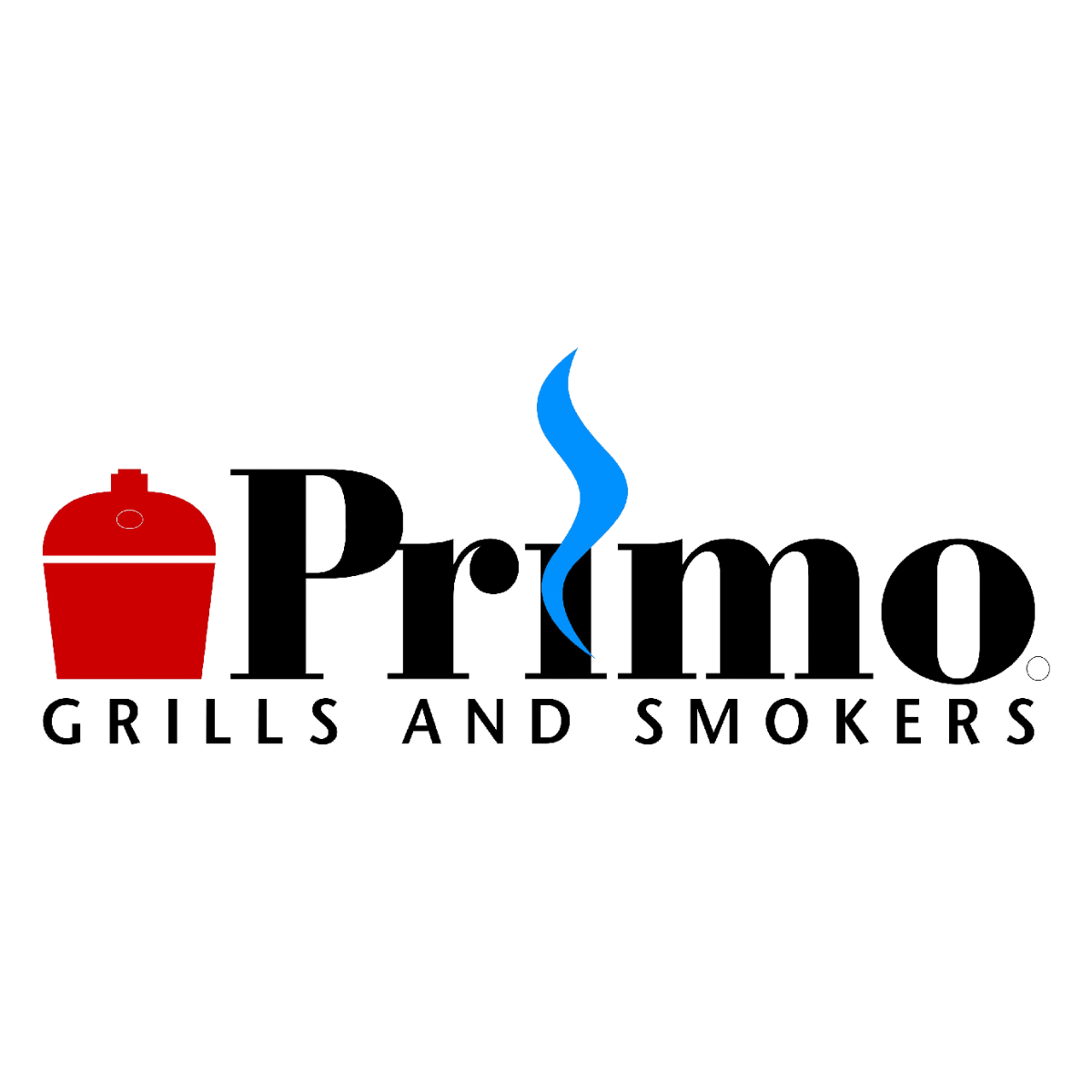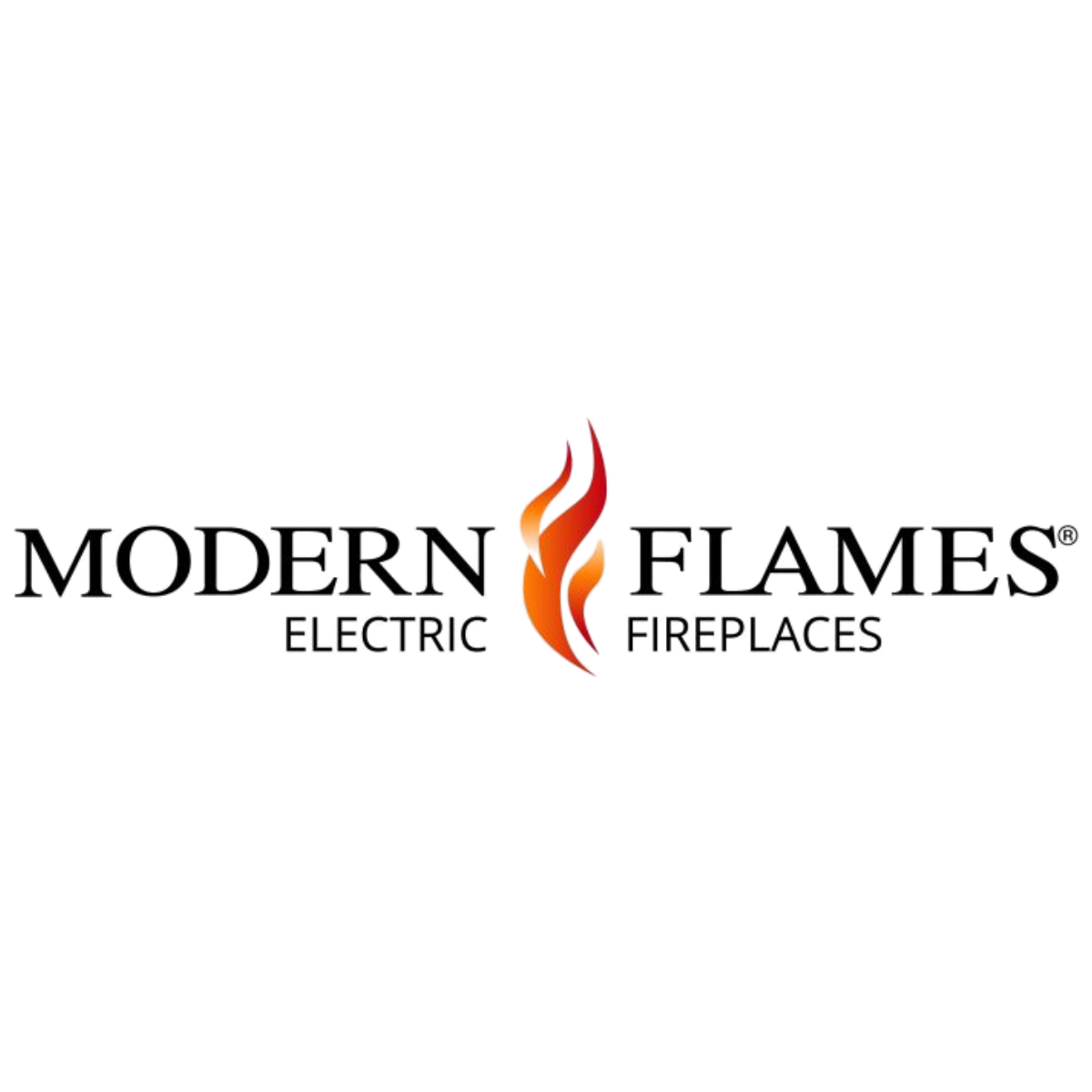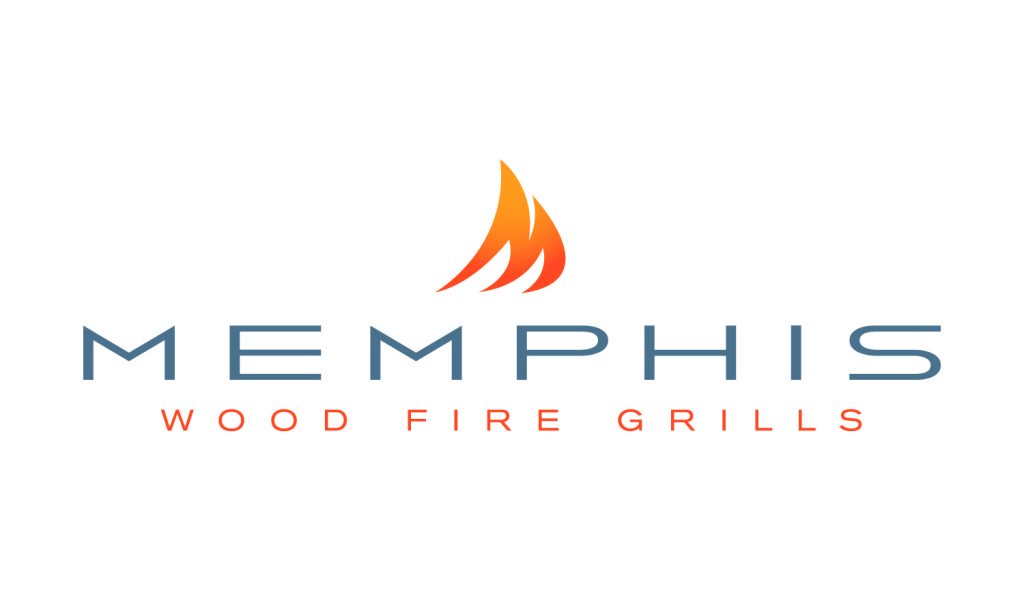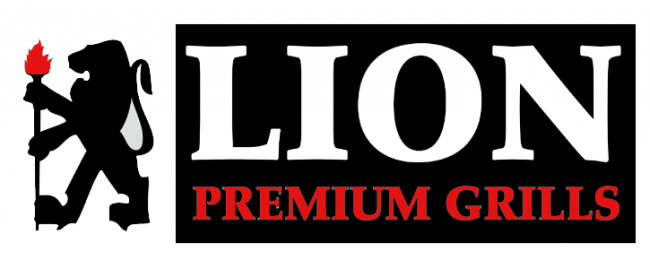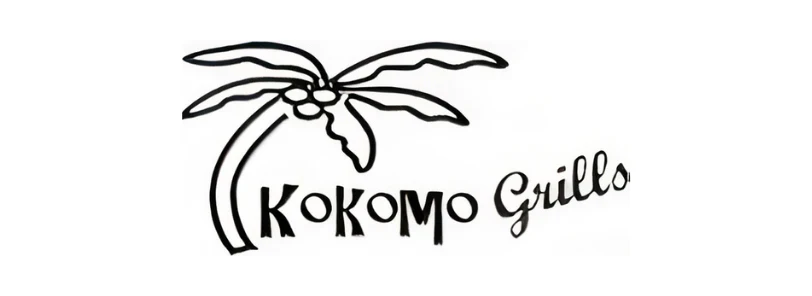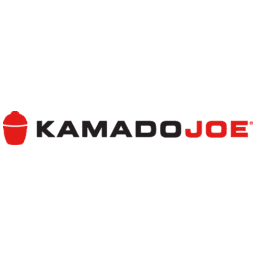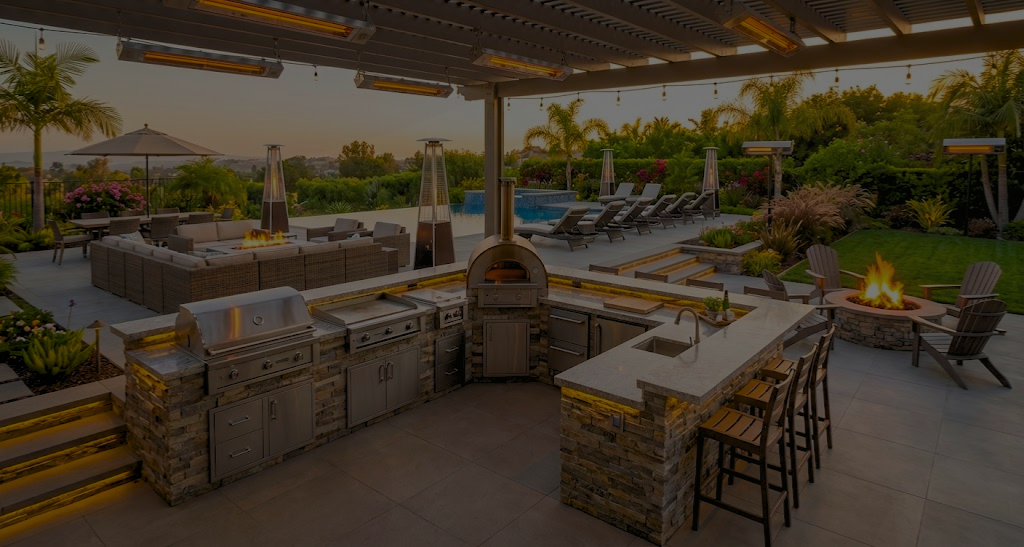
Blog
Grills Stainless Steel Made Simple: Understanding 304, 316 & Beyond
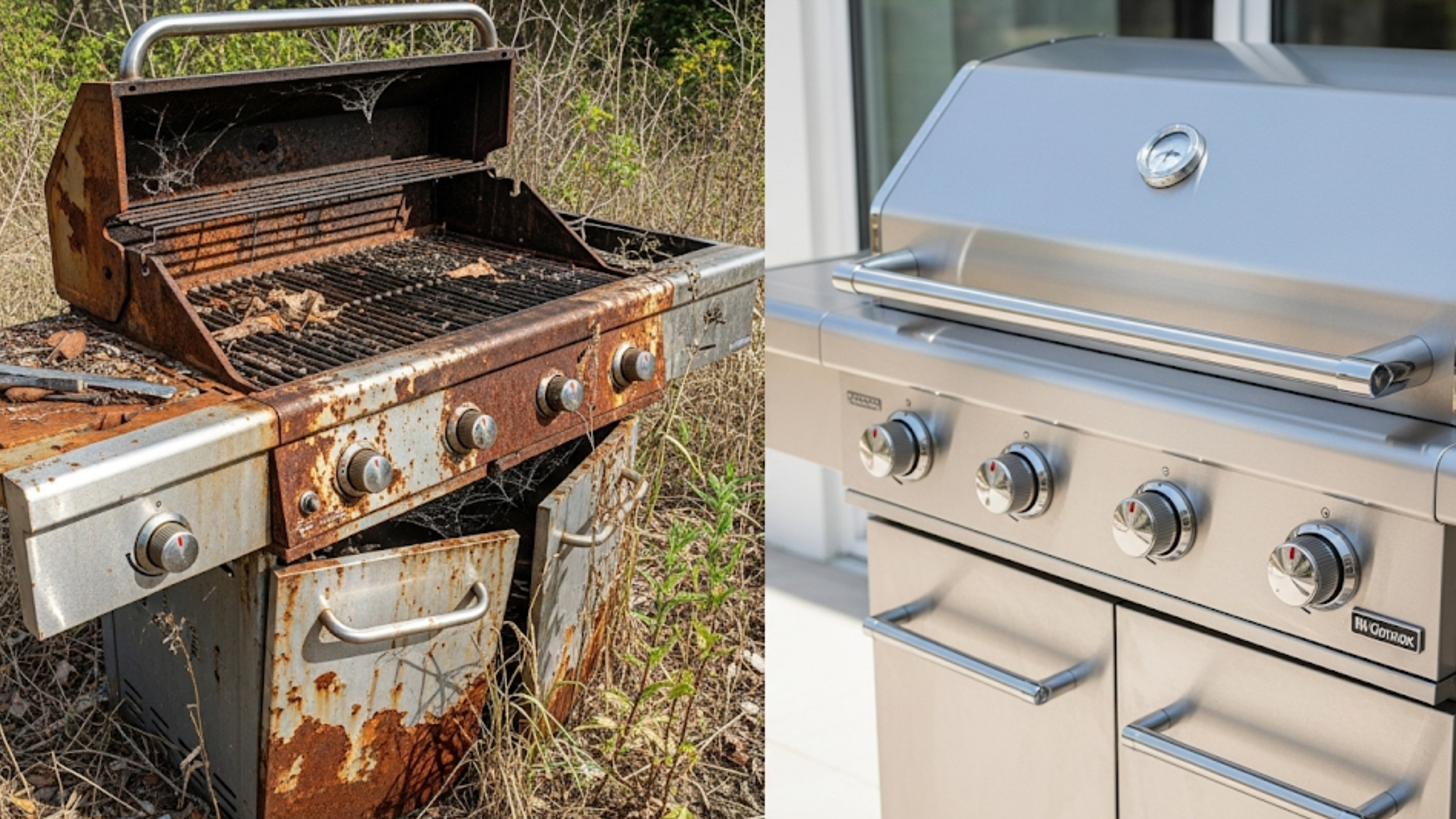
A fun, guide to Stainless Steel. What is 304? 316? what does it Mean.
The Real Reason One Grill Is $500 and Another Is $5,000
Short version:
Budget grills ($300–$999) cut cost with thinner steel, cheaper alloys (430 or painted steel), and tubular burners. They cook—but run hotter/cooler in patches and don’t love rain, salt, or years of heat cycles.
Premium/Luxury grills ($2,000–$5,000+) invest in high-nickel stainless (304/316), thicker gauge metal, cast stainless or brass burners, welded fireboxes, and heat systems that make searing easy and flare-ups rare. They’re built to be repaired, not replaced.
Meet the Metals 🧪🔩 (where most of the price lives)
Two grills can both say “stainless steel” and still be built completely differently. The $500 one often cuts corners—lower-grade mix, thinner panels that dent or wave, spot welds, plated screws, rushed finishing, and hot spots that discolor. The $5,000 one pays for what lasts—better alloy, thicker metal, double-walled lid, full continuous welds, true stainless hardware, careful finishing, tighter QC, and a stronger warranty. Result: one stays shiny for years; the other fades fast. And remember, no stainless is 100% rust-proof—basic care still matters. ✨
So next time a salesperson says, “that $500 stainless is just like that $5,000 stainless,” ask a few simple questions: What grade is the steel? How thick are the panels? Fully welded or spot-welded? Are screws/hinges truly stainless or just coated? Is the lid double-walled and designed to avoid heat discoloration? The chart below breaks down the metal choices and what they mean for shine, upkeep, and lifespan—so you can spot real value at a glance. 🔍
Grill Metals Made Simple
Plain-English guide we use in the showroom. The stainless steels you’ll see most are 316, 304, 430, 201—plus the budget option many brands paint: powder-coated carbon steel.
The most expensive common grill stainless—and for a reason. 316 adds molybdenum, which helps it shrug off salt and pool chemicals better than anything else here.
- 🛡️ Top protection against salt, chlorine, and fertilizers.
- 📄 Often paired with longer warranties on high-end brands.
The most common premium grill stainless. It’s the sweet spot for durability vs. price, and it handles heat cycles without drama.
- 🧼 Cleans up well; holds that showroom look longer than 430/201.
- 🔎 Verify internals: some brands use 304 outside, cheaper grades inside.
The more affordable “entry-premium” stainless. Good for budgets and fine in drier, inland areas with routine care.
- 🧽 Needs steadier upkeep to avoid tea-staining and spots.
- 🔎 Watch for mixes: 304 lid + 430 body is common on mid-tier grills.
Looks like 304 when new, but it swaps some nickel for cheaper elements. That keeps price low, and corrosion resistance lower too.
- 🌧️ More prone to staining than 304/316 if neglected.
- 🔎 Often used where you won’t look: trays, inner panels.
Plain steel with a durable paint. Cheapest way to build a cart or side shelf. If the coating chips or gets cut by hardware, rust can creep under the paint.
- 🧼 Easy to clean while coating is intact.
- ⚠️ Once breached, corrosion spreads under the coating.
Where Grades Usually Show Up (and Get Mixed)
Ask for a grade map in writing: which parts are 316/304 and which are 430/201/painted.
60-Second Checks + Climate Cheat Sheet
Quick Checks
- Feel the lid. Heavier usually means thicker steel (better heat stability).
- Scan the seams. Continuous welds beat thin pop-rivets.
- Peek inside. Trays, shields, cart: note any 430/201 or painted parts.
- Magnet test (hint only). 304 can be slightly magnetic at bends/welds.
- Warranty by part. Body, burners, finish—coverage should be spelled out.
Climate Guide
- Coastal / Pool: Prefer 316; rinse & dry after salty days.
- Most Suburbs: 304 is the sweet spot for durability vs price.
- Dry & Covered: 430 or 201 can work—plan on more care.
- Color-matched carts: Powder-coated steel is fine if you touch up chips.
Smart Buyer Signals + Ownership Math
Green Flags
- Written grade map (not just “304 grill”).
- Welded seams in hot zones; stainless fasteners.
- Thicker panels on lid/firebox; smooth, even lid swing.
- Clear warranties for body, burners, and finish.
Red Flags
- Only the lid is 304; rest unspecified.
- Mixed hardware (zinc/steel) touching stainless.
- Thin, tinny lid; flexing side panels.
- Vague “limited” warranty with no part details.
Ownership Math (Example)
Care That Actually Prevents Rust (All Metals)
316 Stainless 🌊
- After salty days: quick rinse + dry
- Quarterly: stainless cleaner & wipe
- Store away from pool chemicals
304 Stainless ⭐
- Monthly: mild soap, rinse, dry
- After storms: wipe standing moisture
- Use a breathable cover
430 / 201 💸
- After rain: wipe dry the same day
- Monthly: clean + protectant
- Avoid ash buildup & salty mist
Powder-Coated Steel 🎨
- Gentle wash; no abrasives
- Touch up chips immediately
- Keep water from pooling under cart
Need a quick recommendation? Tell us your climate and how often you cook—we’ll match you to the right metal so you buy once and love it.
🏗️ Built to Last… or Built to Fall Apart?
When most people shop for a grill, the first thing that catches their eye is the shiny stainless steel and the big burner numbers. Ads love to scream “304 stainless steel!” or “13,000 BTU burners!” as if that alone makes the grill premium. And yes — stainless steel grade and burner power are important. But here’s the problem: those numbers only tell half the story.
A budget grill might very well use 304 stainless steel — but if it’s thin, bolted together, and not reinforced where it matters, it won’t survive years of real-world grilling. Same goes for flashy BTU claims. Without smart engineering, all that raw firepower just ends up frying your valves and melting your knobs instead of cooking better food.
That’s why build quality is just as critical as the type of stainless. The gauge of the steel, whether it’s welded or bolted, and how the hot zones are protected all determine whether your grill feels like a tank or a toy. A true luxury grill is engineered to handle decades of high heat, while budget grills often cut corners that only show after a few summers.
BBQ Horror Stories: Real Backyard Disasters from Cheap Grill
(Top Selling Amazon Grill) Premium 5 Burner Built In Gas Grill, Stainless Steel 30 Inch Propane Grill with Rear Burner, 63,000 BTUs - $873.99
“This grill worked well for a few months. Last time I was grilling the starter in the right corner caught fire and there was a huge fire in the corner of the grill. The plastic parts caught fire !! This was a huge fire hazard and completely damaged the grill !! I tried contacting the company by emailing them; apparently they do not have any support? No one answered my emails Would not recommend at all, huge fire hazard”
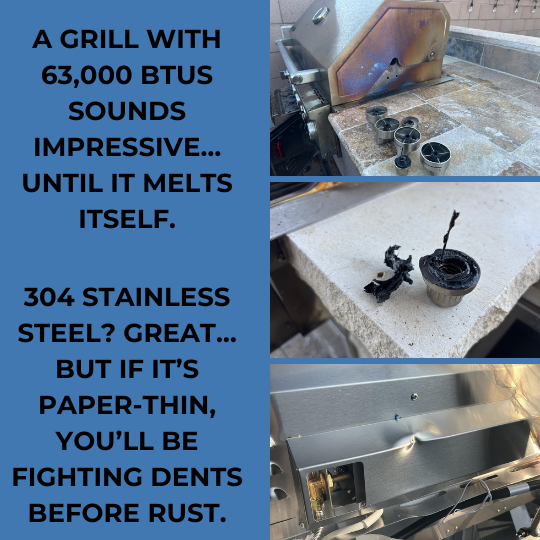
6-Burner Propane Gas BBQ Grill with Side Burner & Porcelain-Enameled Cast Iron Grate and Plate for Outdoor Barbucue Events, 52,000 BTU Output,740 SQ.IN. Cooking Area,"Heavy Duty" - $669.98
“A Huge Disappointment”
In less than 60 days, the grill was already showing heavy rust and performance issues. Fast forward six months, and it’s completely unusable — the burners have been replaced twice and are now fully destroyed. This product simply isn’t built to last.
